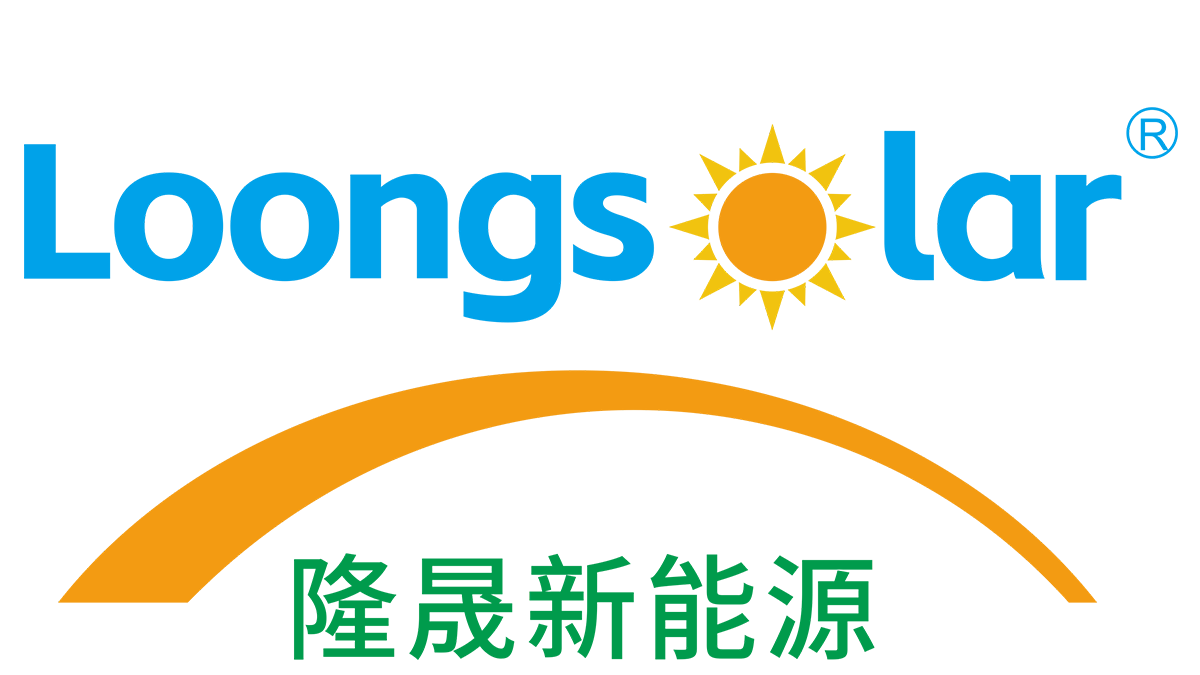Why Durability Matters in Solar Mounting Systems
The Role of Corrosion Resistance in Solar Panel Longevity
Corrosion resistance plays a pivotal role in ensuring the longevity and efficiency of solar mounting systems. With up to 70% of solar panel failures attributed to corrosion-related issues, it's clear that this is a significant concern for maintaining solar panel productivity. Proper corrosion protection, such as using galvanized materials, ensures the integrity of the connections, protecting the solar energy system from rust and degradation, and thus maintaining optimal energy efficiency over time. Galvanizing techniques, employing hard-wearing zinc coatings, provide robust resistance against the environmental elements that cause corrosion.
Impact of Weather Conditions on Solar Mount Integrity
Weather conditions such as extreme temperatures, heavy rainfall, and high winds can significantly impact the integrity of solar mounts. Studies reveal that regions experiencing heavy snowfall exert additional load on mounts, which can lead to premature failures if the mounting system isn't sufficiently durable. It's crucial for solar installations to have mounting systems designed to withstand these environmental stresses to extend operational lifespan and minimize maintenance and replacement costs. By selecting systems engineered to withstand harsh climatic conditions, solar panels can remain securely mounted even during adverse weather, thereby optimizing solar panel installation and overall system performance.
Material Innovations for Corrosion-Resistant Solar Mounts
Galvanized Steel: The Gold Standard for Solar Mounting
Galvanized steel is widely recognized for its superior corrosion resistance, making it an ideal choice for solar panel mounting systems. The zinc coating applied to galvanized steel serves as a barrier that prevents rust, significantly enhancing the durability of solar mounts. This protection ensures a lifespan exceeding 25 years, offering both cost-effectiveness and reliability over time. Numerous case studies validate the effectiveness of galvanized steel across various environmental conditions, highlighting its prominent role in sustaining solar energy systems efficiently and economically. By adopting galvanized steel, solar installation projects can ensure long-term integrity and minimal upkeep, benefiting those who rely on sustainable energy solutions.
ZAM Alloy: Advanced Protection Against Rust
ZAM alloy, composed of zinc, aluminum, and magnesium, provides cutting-edge corrosion resistance compared to traditional steel, making it an excellent option for solar mounting systems. Research indicates that ZAM alloy can extend the operational lifespan of solar mounts by at least 15 years over standard materials. Its innovative composition is particularly advantageous in coastal areas, where saline conditions expedite rust formation. This alloy's resilience ensures reliable support for solar panels, maintaining energy efficiency and reducing maintenance costs. ZAM alloy exemplifies the ongoing advancements in materials science aimed at optimizing solar installations for challenging environments, thus boosting their reliability and performance.
Comparing Aluminum vs. Stainless Steel Options
Choosing the right material for solar mounts involves weighing the benefits of aluminum against those of stainless steel. Aluminum is favored for its lightweight nature and corrosion-resistant properties, simplifying the installation process and reducing logistical challenges. On the other hand, stainless steel offers enhanced strength and long-term durability, albeit at a higher price point. Understanding these trade-offs allows solar industry professionals to make informed decisions tailored to specific environmental conditions and project requirements. While aluminum offers practicality and ease, stainless steel promises robustness and longevity, providing distinct advantages depending on location and structural demands, ensuring optimal solar panel mounting solutions.
Design Features That Enhance Solar Mount Durability
Wind Load Engineering for Storm-Prone Areas
In storm-prone areas, it is imperative to engineer solar mounts to withstand high wind loads. This involves understanding the aerodynamic principles that can help minimize lift and reduce the risk of damage during hurricanes. Wind tunnel testing is a valuable tool for predicting how various designs can sustain extreme weather conditions. By simulating hurricane-level winds, these tests provide insights into the resilience of different mounting structures. Incorporating advanced wind load engineering can reduce wind-related failures by up to 30%, ensuring a more robust solar energy system in regions fraught with severe storms.
Self-Healing Coatings and Protective Layers
Self-healing coatings represent a breakthrough in enhancing solar mount durability. These advanced materials have the unique capability to repair scratches and restore their protective barrier automatically. When damage occurs, the coatings actively form new bonds that reinforce the surface, thus significantly improving the lifespan of solar installations. Investing in these technologies is a strategic move, as they not only enhance system durability but also lower maintenance costs. With the increase in the longevity of installations, self-healing coatings offer substantial advantages for solar panel systems, ensuring the continuity of solar energy production even under challenging conditions.
Installation Best Practices for Long-Lasting Solar Mounts
Site-Specific Anchoring Strategies
Choosing the right anchoring strategy is crucial to ensure the stability and longevity of solar mounts, particularly when considering different soil types. Experts recommend utilising helical anchors in loose soil conditions, as these significantly improve mount strength. This tailored approach to anchoring mitigates the risk of mount failure, which could otherwise be as high as 40% due to incorrect anchoring strategies. Proper anchoring solutions are vital to maintaining the reliability of solar panel systems and preventing costly repairs in the long term. When installing solar mounts, assessing soil conditions and selecting appropriate strategies can dramatically reduce failures and extend the lifespan of solar panels.
Waterproofing Techniques for Coastal Installations
Implementing effective waterproofing techniques in coastal installations is essential for safeguarding solar energy systems against moisture damage. Coastal environments pose unique challenges due to the constant exposure to saltwater and humidity, leading to enhanced corrosion risks. Applying sealants and barriers can significantly reduce these risks, with statistics indicating a 60% increase in maintenance issues resulting from poor waterproofing. By investing in high-quality waterproofing solutions, the lifespan of solar installations is prolonged considerably, ensuring continued efficiency and reducing long-term costs. Employing these techniques is vital for maximizing the durability and performance of solar panels in challenging coastal conditions.
Maintaining Corrosion Resistance Over Time
Routine Inspection Protocols for Solar Mounts
Establishing routine inspection protocols is essential for maintaining the corrosion resistance of solar mounts over time. Regular inspections help identify early signs of corrosion before they escalate into costly damages, saving future expenses on repairs. Professionals typically recommend bi-annual inspections, particularly in environments prone to corrosive elements. This proactive approach ensures timely intervention, which according to a report by the Solar Energy Industries Association, can increase equipment longevity by up to 20%. Regular checks also allow us to maintain the efficiency of solar panel installation.
Repairing Damaged Coatings Before Corrosion Spreads
Repairing damaged coatings promptly is vital to prevent the spread of corrosion on solar panel mounting systems. Minor damages can quickly lead to extensive corrosion if not addressed early, compromising the solar energy system's integrity. Utilizing high-quality repair materials can effectively halt corrosion and restore protection to the system. Neglecting these repairs can increase the likelihood of severe corrosion by 50%, leading to more significant issues and jeopardizing the longevity of the solar panels for home use. By maintaining vigilance, we ensure our investment remains intact and the solar panels continue to provide sustainable energy without disruption.






